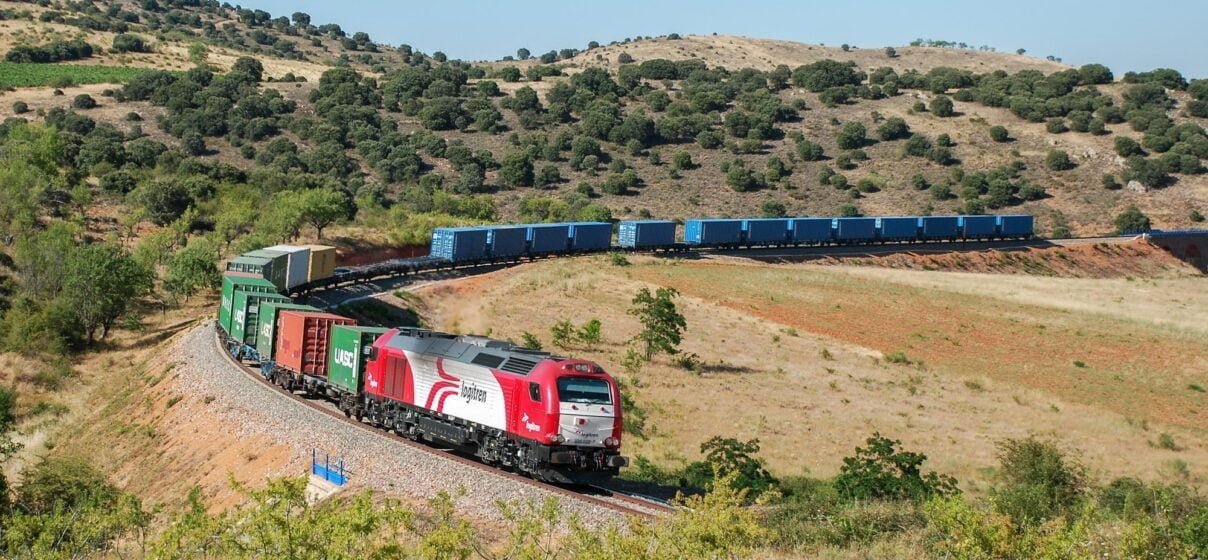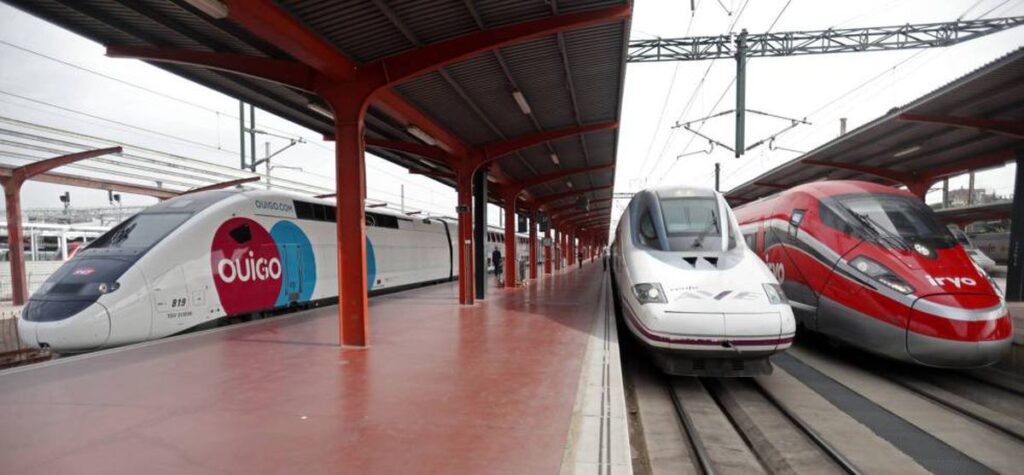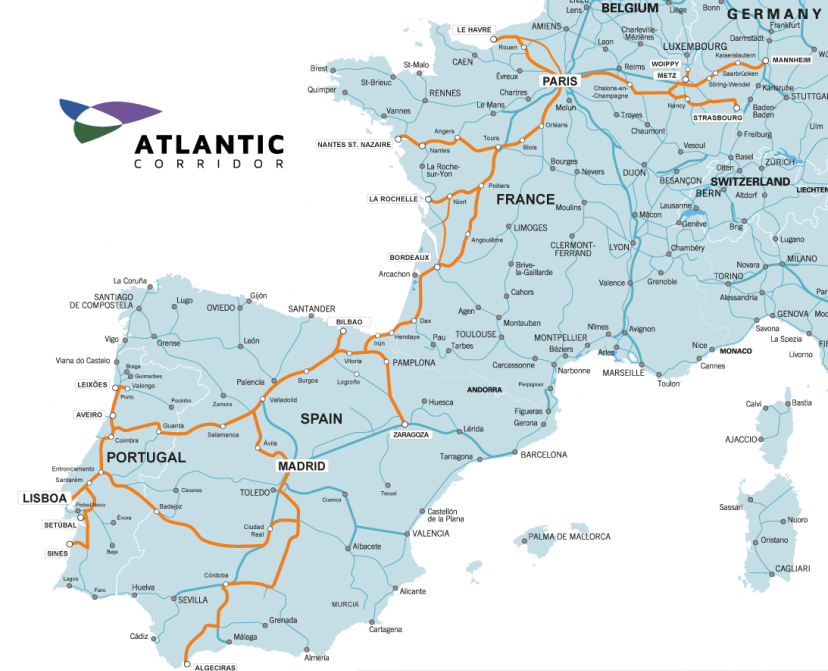Improving international railway corridors in Iberia and with the rest of Europe

Today, international rail freight transport plays a secondary role vis-à-vis road and maritime modes, with relatively low market shares both in Portugal and Spain. In this sense, one of the objectives of the European Economic Interest Grouping – High Speed Spain-Portugal (AEIE-AVEP) is to increase the quality of supply with a view to increase international rail traffic within the Iberian Peninsula and with the rest of Europe, in line with the “Green Deal” – The New European Ecological Pact.
The study aimed to identify functional improvements in the relationship and connection among the railway systems of the Iberian Peninsula, and between these and the rest of Europe, particularly in the network that serves international traffic linking Portugal to Spain or both countries to the EU. An in-depth analysis was carried out in relation to the limitations in terms of infrastructure, its interoperability and the commercial and operational management processes, particularly within the Atlantic Corridor.
The targets of the study were:
- To broaden and deepen the current knowledge of rail networks and operations in the Iberian Peninsula and their impact on international rail freight transport
- To identify gaps and opportunities to eliminate current infrastructure barriers, and improve the interoperability between networks
- To highlight potential actions that could integrate a strategic plan of the European Cluster of Economic Interest Grouping – High Speed Spain-Portugal (AEIE-AVEP), which coordinates investment decisions between the countries.
A set of actions was proposed aiming at eliminating barriers among railway networks, allowing the development and growth of international rail freight international transport, including the need for a closer coordination among infrastructure managers with regards to capacity, operation, marketing, quality of supply and investment.
Related case studies
All case studies
Demand study for a Spanish-based High Speed Rail operator
An operator active in the Spanish HSR market following its liberalisation was awarded by ADIF with a reserved capacity of daily round trips on the main Spanish high-speed routes for 10 years. With the liberalization, three further actors started operations on the Spanish HSR network, with tangible results: when comparing the first quarter of 2019 […]

Demand & revenue study for the EU Atlantic rail freight corridor
VTM was part of a consortium composed also by SETEC (Fr), EPYPSA (Es), and PROGNOS (G), which jointly delivered the initial (2012) and the updated (2015) transport market studies for the corridor. Demand forecasts on freight flows on the Corridor were provided taking into account economic forecasts, context, demand, supply, and determinants of modal choice. […]
